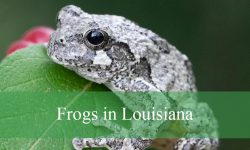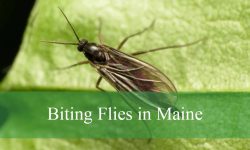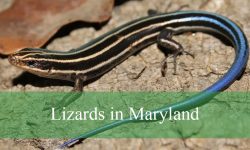If you are a birdwatcher in Louisiana, hummingbirds are among the most dazzling species you can encounter. These tiny, iridescent fliers bring life and color to gardens, forests, and backyards, especially during migration seasons. Their rapid wingbeats and jeweled throats make them some of the most fascinating birds in the state.
Many homeowners who set out feeders or plant nectar-rich flowers are rewarded with frequent visits from the Ruby-throated Hummingbird, the most common species in Louisiana. Beyond this familiar bird, the state also hosts several rarer hummingbird visitors, each with unique beauty and behavior.
Louisiana’s location along major migration routes makes it one of the best places to observe hummingbirds in both spring and fall. From common breeders to rare wanderers, these birds highlight the state’s importance in supporting migrating wildlife.
Types of Hummingbirds Found in Louisiana
Ruby-throated Hummingbird (Archilochus colubris)
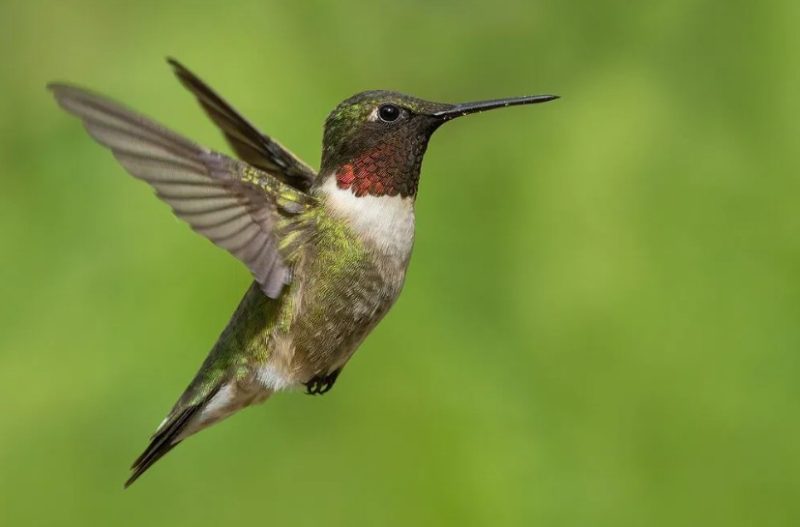
The Ruby-throated Hummingbird is the most common and widespread hummingbird in Louisiana. Males are easily recognized by their shimmering red throats, which shine like jewels in the sunlight, while females have a plain white throat. Both sexes display green iridescent backs and slender bodies that make them agile fliers. Measuring about 3–3.5 inches in length, they are among the smallest birds in the state yet one of the most remarkable.
These hummingbirds are famous for their incredible migration journey. Every year, they travel from breeding grounds in the eastern United States to wintering sites in Central America, often crossing the Gulf of Mexico in a single nonstop flight. In Louisiana, they arrive in spring and are frequently spotted around gardens, woodlands, and flowering landscapes.
They are highly dependent on nectar from flowers, but they also feed on insects and spiders for protein. Ruby-throated Hummingbirds are often attracted to backyard feeders filled with sugar water, making them a favorite for birdwatchers. Their rapid wingbeats, about 50–70 beats per second, create the familiar humming sound that gives them their name.
In Louisiana, the Ruby-throated Hummingbird is a seasonal breeder and the only hummingbird species that nests commonly in the region. Their tiny nests, made of plant down and spider silk, are carefully camouflaged on tree branches. Seeing them in late summer and fall is a reminder of the rich birdlife that thrives in the state.
Black-chinned Hummingbird (Archilochus alexandri)
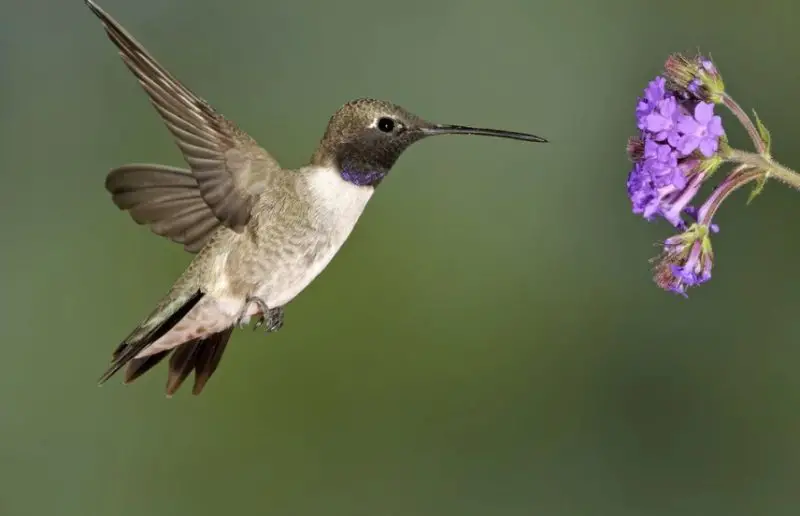
The Black-chinned Hummingbird is less common in Louisiana compared to the Ruby-throated, but it is a regular visitor during migration and in winter. Males can be identified by their black throat with a thin purple band at the bottom, while females are more subdued with pale throats and greenish backs. They measure about 3.5–4 inches in length, making them slightly larger than the Ruby-throated.
These hummingbirds are known for their adaptability. While their main breeding range is in the western United States, individuals often wander eastward, and Louisiana provides an important stopover during migration. They are frequently spotted at nectar feeders, where their quiet yet persistent presence makes them stand out among other hummingbirds.
Their diet consists primarily of nectar, but like other hummingbirds, they supplement with insects for protein. Black-chinned Hummingbirds are excellent hoverers, able to feed on flowers in midair with ease. Their long, slender bills allow them to reach deep into blossoms that other pollinators cannot access.
In Louisiana, sightings of the Black-chinned are most common during late fall and winter. Some birders even record them as occasional winter residents. Their presence highlights the state’s role as a crossroads for both eastern and western hummingbird species.
Rufous Hummingbird (Selasphorus rufus)
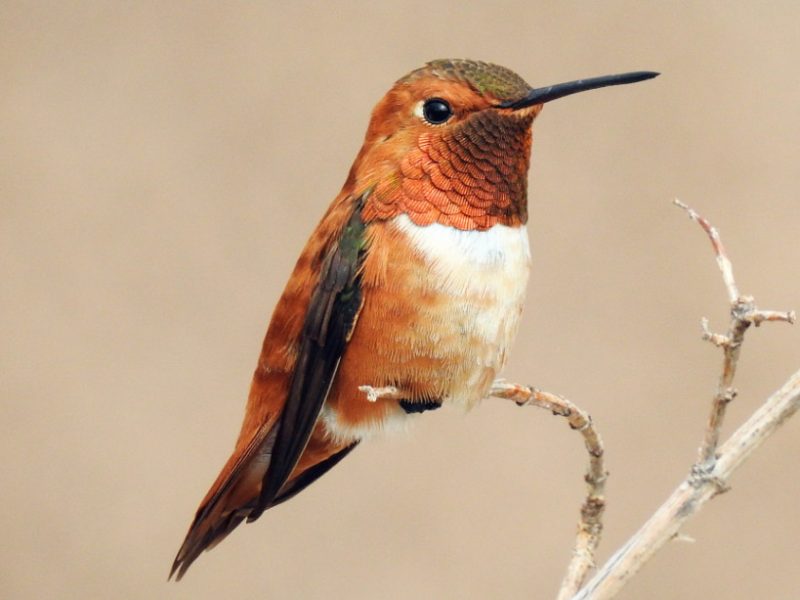
The Rufous Hummingbird is a bold and hardy species that appears in Louisiana primarily during fall and winter. Males are striking with their bright orange-red plumage and iridescent red throat, while females are greenish above with rusty sides and a speckled throat. Their average length is about 3 inches, but despite their small size, they are famous for being extremely aggressive at feeders.
Known for their incredible migration, Rufous Hummingbirds travel farther than any other hummingbird species. They breed as far north as Alaska and migrate to Mexico for the winter. Louisiana lies along their migration corridor, and some individuals choose to overwinter in the state, taking advantage of mild climates and available food sources.
These birds are territorial and often chase away other hummingbirds from feeders. Their feisty nature makes them noticeable, even when only a few individuals are present. Birdwatchers often recognize them by their buzzing flight calls and relentless behavior around nectar sources.
In Louisiana, the Rufous Hummingbird is considered a rare but regular winter visitor. Their ability to adapt to colder weather compared to other hummingbirds makes them unique, and spotting one in your yard is always a special winter treat for bird enthusiasts.
Broad-tailed Hummingbird (Selasphorus platycercus)
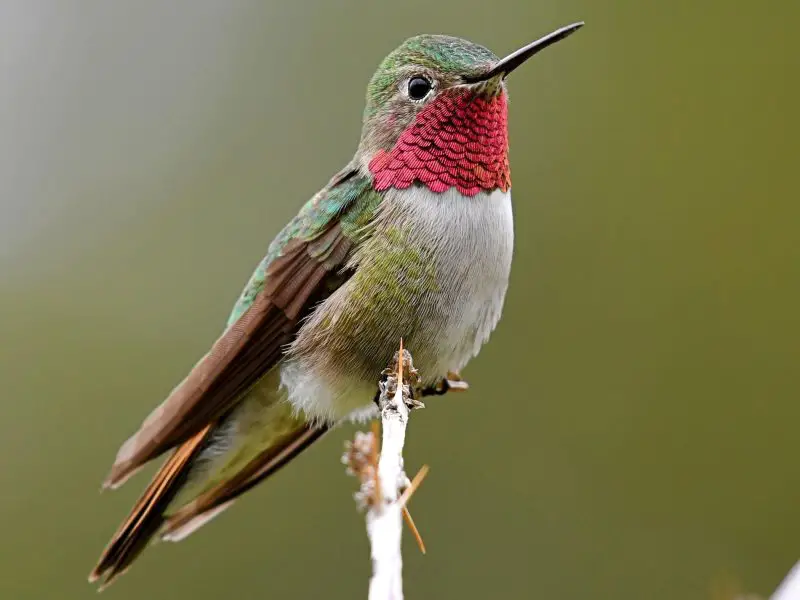
The Broad-tailed Hummingbird is primarily a bird of the western mountains, but it occasionally appears in Louisiana as a vagrant, especially in fall and winter. Males are identified by their rosy-red throats, iridescent green backs, and long, broad tails. Females and juveniles lack the throat coloration but show buffy sides and green upperparts.
This species is well known for its high-pitched, metallic wing trill, which is produced by air rushing through their wing feathers during flight. Even before being seen, they can often be identified by this distinctive sound. Measuring about 4 inches in length, they are slightly larger than the Ruby-throated Hummingbird.
Their primary breeding grounds are in high elevations of the Rocky Mountains, where they feed on mountain flowers. When they wander eastward, Louisiana serves as a rare but possible stopover. They are occasionally reported at backyard feeders during migration, making them an exciting find for birders.
In Louisiana, the Broad-tailed Hummingbird is not common, but its occasional appearances add diversity to the state’s hummingbird records. Birdwatchers who spot one often consider it a highlight of their birding season, given how far outside its normal range it appears.
Allen’s Hummingbird (Selasphorus sasin)
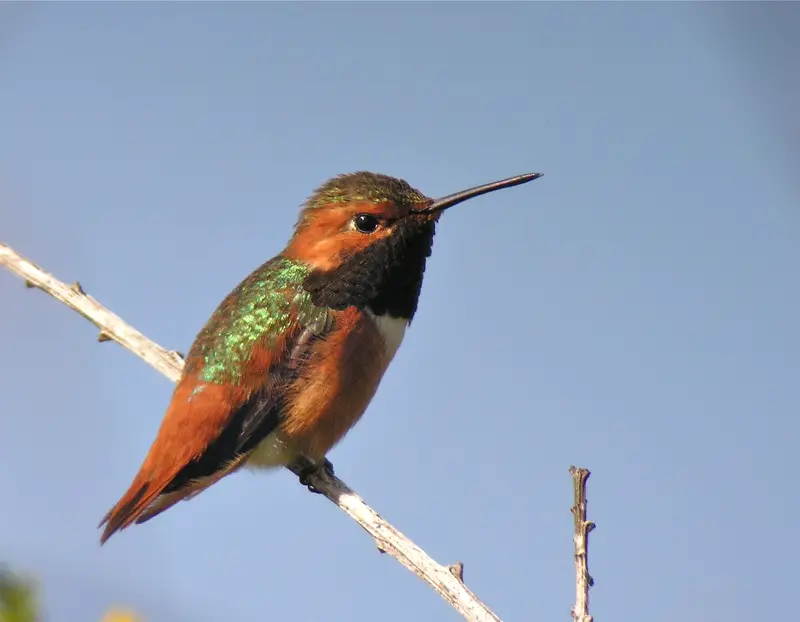
Allen’s Hummingbird is another rare but fascinating hummingbird species that occasionally makes its way to Louisiana. It closely resembles the Rufous Hummingbird, which makes identification challenging. Males display a glittering orange-red throat with orange flanks and tails, while females are mostly green above with rufous sides and a speckled throat.
This species normally breeds along the Pacific Coast of California and Oregon, favoring coastal scrub and gardens. During migration and winter, however, a few wander east, sometimes reaching the Gulf Coast states like Louisiana. Their average size is about 3–3.5 inches, making them one of the smaller hummingbird species.
Allen’s Hummingbirds are agile fliers with strong territorial instincts. They often chase away other hummingbirds from feeders and flowers, behaving much like the aggressive Rufous Hummingbird. Observers usually rely on careful plumage examination and sometimes banding studies to distinguish them from Rufous individuals.
In Louisiana, Allen’s Hummingbirds are considered rare winter visitors. Their presence demonstrates the incredible mobility of hummingbirds and the surprises that birdwatchers can encounter even outside a species’ usual range. Spotting one in the state is considered a rare and exciting event.
Buff-bellied Hummingbird (Amazilia yucatanensis)
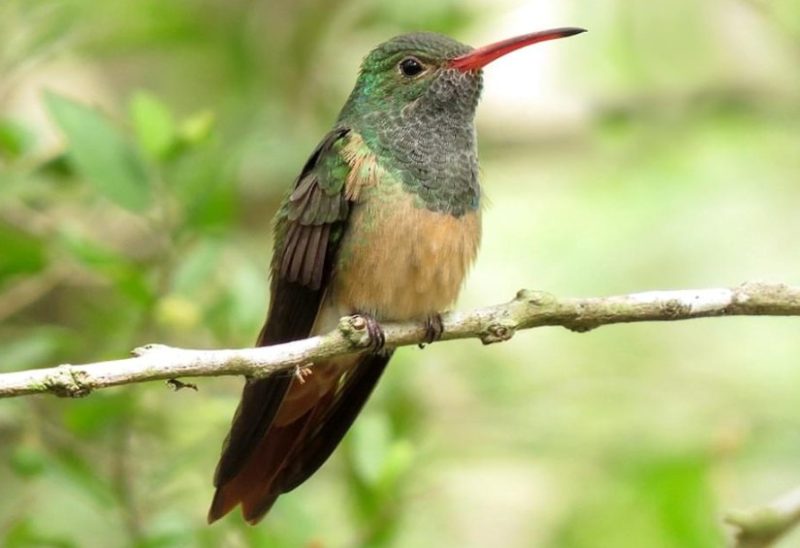
The Buff-bellied Hummingbird is one of the larger hummingbird species that can be found in Louisiana. Measuring about 4–4.5 inches, it stands out with its metallic green body, cinnamon-colored tail, and buffy underparts that give it its name. Males and females look quite similar, though males often appear more iridescent under the light.
Unlike most hummingbirds in the state, the Buff-bellied is not just a migrant but also a potential year-round resident in the Gulf Coast region. It prefers subtropical woodlands, thickets, and gardens, where it can find flowering plants and feeders to sustain itself throughout the seasons.
This species feeds heavily on nectar but also consumes insects for protein. Its strong territorial behavior often makes it the dominant hummingbird at feeders, where it aggressively defends its food sources. Its unique color combination and slightly larger size make it easier to identify compared to smaller hummingbird visitors.
In Louisiana, sightings of the Buff-bellied Hummingbird are most common in the southern parts of the state, especially near the Gulf Coast. Birders often welcome its presence in winter, as it is one of the few hummingbirds capable of tolerating cooler weather conditions in the region.
Anna’s Hummingbird (Calypte anna)
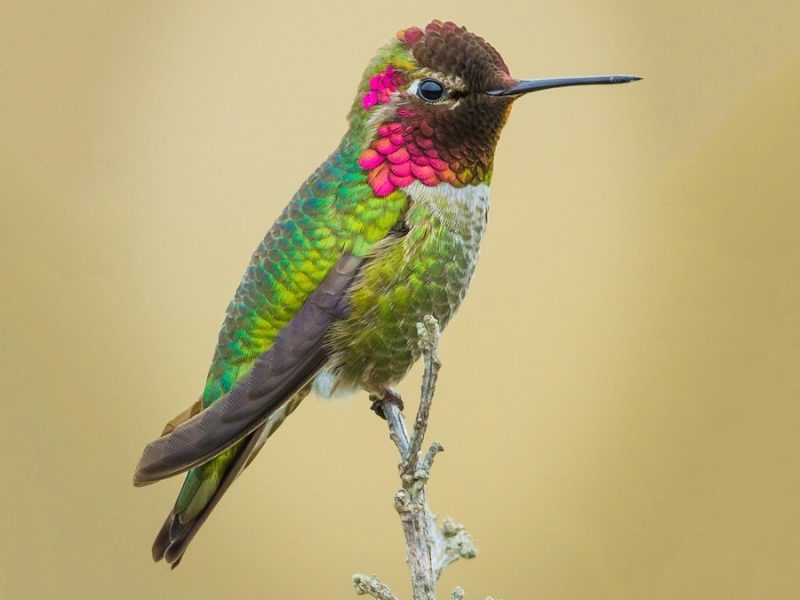
Anna’s Hummingbird is a striking bird that occasionally visits Louisiana, though it is native to the western United States. Males are known for their dazzling iridescent rose-pink throats and crowns, while females display a more subdued green back and pale underside with a splash of pink on the throat. At about 4 inches long, they are medium-sized compared to other hummingbirds.
These hummingbirds are unique because they do not migrate as extensively as most other species. Instead, they tend to stay year-round in parts of their range, which makes their appearances in Louisiana even more special. They are hardy birds and can adapt to cooler climates, sometimes overwintering far outside their usual range.
Anna’s Hummingbirds rely on nectar for energy, but they also consume insects and spiders. Their long, slightly down-curved bills allow them to feed from a wide variety of flowers. At feeders, they can be persistent and bold, often showing less fear of humans than other hummingbird species.
In Louisiana, Anna’s Hummingbirds are considered rare winter visitors. When they appear, they are usually seen at well-maintained nectar feeders. Their brilliant coloration and rarity make them a prized sighting for birdwatchers in the state.
Calliope Hummingbird (Selasphorus calliope)
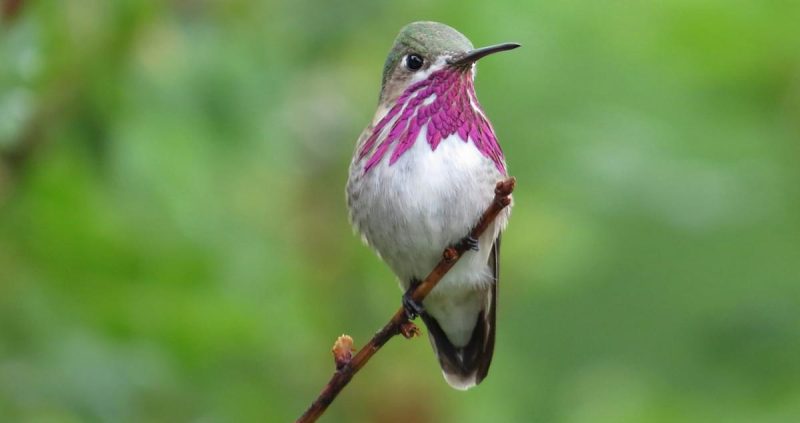
The Calliope Hummingbird holds the title of the smallest bird in North America, measuring only about 3 inches in length. Despite its tiny size, it is an impressive traveler, migrating thousands of miles each year between breeding grounds in the northwestern U.S. and wintering areas in Mexico. Males are distinguished by their streaked magenta throats, while females have a plainer white throat and green back.
This species is an occasional but regular winter visitor to Louisiana, especially at backyard feeders. Its small stature and soft buzzing calls make it easy to overlook, but once spotted, it is one of the most delightful hummingbirds to observe.
Calliope Hummingbirds are surprisingly aggressive despite their small size. They often defend feeders and flowers against larger hummingbirds, using quick aerial maneuvers to keep intruders away. Their energy and determination help them survive alongside more dominant species.
In Louisiana, sightings usually occur during fall and winter. Spotting a Calliope Hummingbird is always exciting for birders, as it represents not only a rare visitor but also a remarkable example of endurance and long-distance migration.
Broad-billed Hummingbird (Cynanthus latirostris)
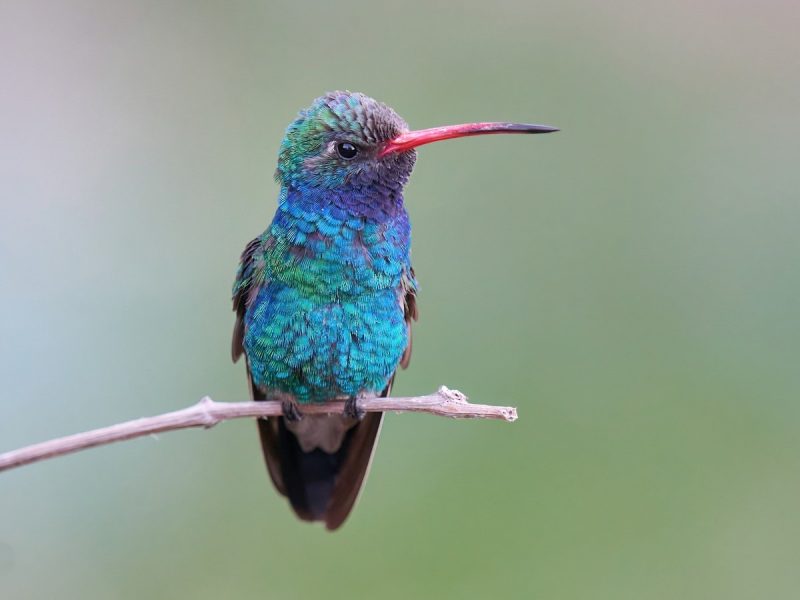
The Broad-billed Hummingbird is an unmistakable species that occasionally appears in Louisiana as a vagrant. Its most distinctive feature is its vivid blue-green plumage and bright orange-red bill with a black tip. Males are especially vibrant, while females are less colorful but still display the striking bill. They measure about 3.5–4 inches in length.
Native to the deserts and woodlands of Mexico and the southwestern U.S., this hummingbird typically does not occur in the Gulf Coast states. However, individuals occasionally wander far outside their normal range, and Louisiana provides one of the rare places where such wanderers have been documented.
Their diet consists mainly of nectar, which they obtain from tubular flowers, as well as small insects. They are fast fliers and often hover low near flowers, making them easier to observe compared to other hummingbirds that dart more erratically.
In Louisiana, Broad-billed Hummingbirds are considered accidental visitors. Birders who are lucky enough to see one usually encounter them at backyard feeders during fall or winter, making these sightings highly prized in the state’s birding records.
Green Violet-ear (Mexican Violetear) (Colibri thalassinus)
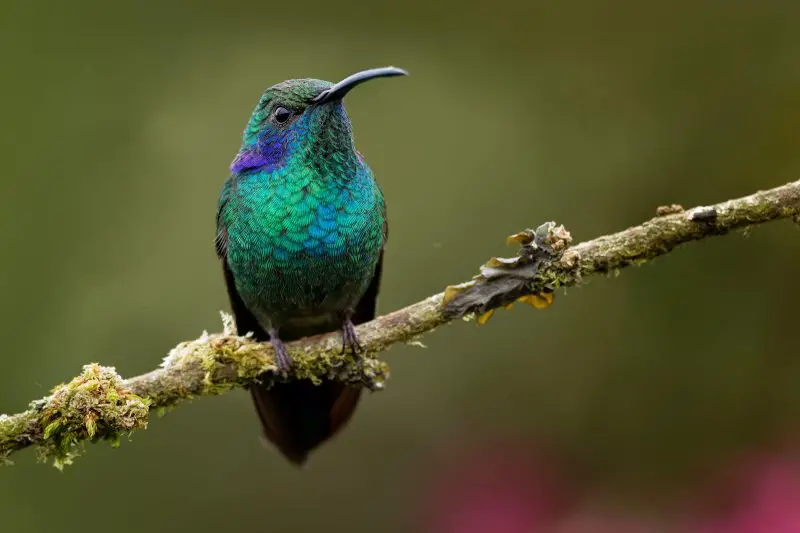
The Green Violet-ear, also known as the Mexican Violetear, is a brilliantly colored hummingbird that is occasionally seen in Louisiana. This species has vibrant green plumage overall with a violet-blue patch on the sides of its head and chest. Larger than many hummingbirds, it measures about 4.5–5 inches in length, making it stand out at feeders.
Its normal range includes Mexico, Central America, and parts of South America, but individuals sometimes wander northward into the United States. Louisiana provides occasional records of this species, usually in late summer or fall when wandering juveniles or adults appear outside their normal territory.
Green Violet-ears are energetic and somewhat aggressive around feeders, often dominating smaller hummingbirds. Their shimmering green feathers reflect beautifully in sunlight, making them one of the most striking hummingbirds ever seen in the state.
In Louisiana, this species is considered a rare vagrant. Sightings are infrequent but memorable, and they often generate excitement in the birding community when one is reported. Their presence highlights the unpredictable nature of hummingbird movements.
Blue-throated Mountain-gem (Lampornis clemenciae)
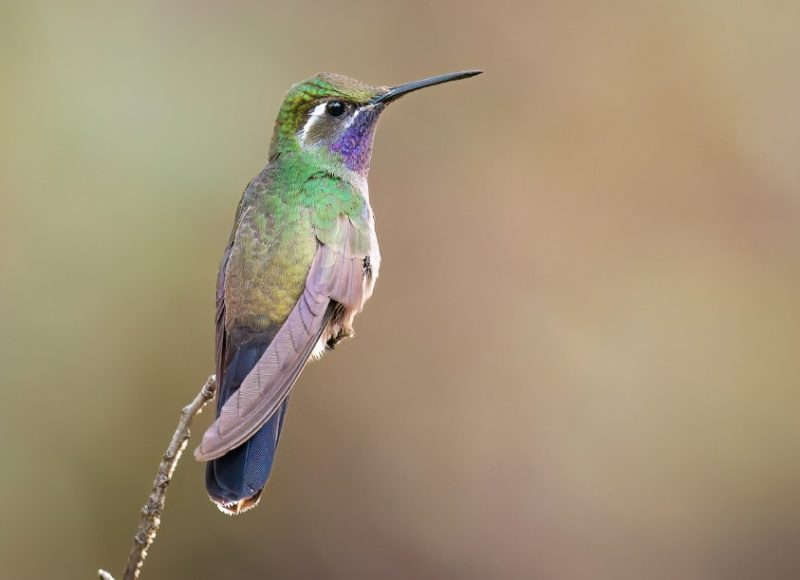
The Blue-throated Mountain-gem is the largest hummingbird species likely to be seen in Louisiana. Measuring about 5 inches in length, it is almost double the size of the tiny Calliope Hummingbird. Males are distinguished by their glittering blue throats, white stripe behind the eye, and dark green plumage, while females lack the bright throat but share the same overall appearance.
Native to Mexico and parts of the southwestern U.S., this hummingbird occasionally strays eastward into Louisiana. Its size and distinctive coloration make it hard to confuse with any other species in the region.
Unlike many smaller hummingbirds, the Blue-throated Mountain-gem has a more deliberate flight pattern. It feeds on nectar but is also known to catch insects in midair, using its larger body and stronger wings for sustained hovering.
In Louisiana, this hummingbird is considered a very rare vagrant. Spotting one is a once-in-a-lifetime experience for many birders. Its rarity, size, and vivid blue throat make it a spectacular addition to the state’s list of hummingbird visitors.
Best Time and Places to See Hummingbirds in Louisiana
Louisiana provides excellent opportunities to observe hummingbirds throughout the year, though the best time is during migration seasons. The spring migration begins in March and April, when Ruby-throated Hummingbirds return from Central America, often crossing the Gulf of Mexico in one long flight. During this period, backyard feeders and flowering gardens attract large numbers of hummingbirds.
The fall migration from August through October is also a prime time to see many species. Rufous, Allen’s, and Calliope Hummingbirds often appear as they head south, and some remain in Louisiana throughout the winter months. Keeping feeders filled during this time greatly increases the chance of spotting rare visitors.
As for the best places, southern Louisiana, especially near the Gulf Coast, is a hotspot due to its location along major migration routes. Areas such as New Orleans, Baton Rouge, and Lafayette are known for frequent sightings. Additionally, nature reserves, wooded areas, and well-maintained backyard gardens with native flowers provide excellent hummingbird-watching opportunities.
FAQs about Hummingbirds in Louisiana
What is the most common hummingbird in Louisiana?
The Ruby-throated Hummingbird is the most common and the only regular breeder in Louisiana. It can be seen throughout the state during spring and summer.
Do hummingbirds stay in Louisiana year-round?
Yes, some species such as the Buff-bellied Hummingbird and Rufous Hummingbird may overwinter in Louisiana, especially in the southern parts of the state.
When should I put out hummingbird feeders in Louisiana?
It is best to put feeders out in early March before migration begins and leave them up until late November to accommodate both arriving and departing birds, as well as wintering species.
What flowers attract hummingbirds in Louisiana?
Native plants like trumpet vine, coral honeysuckle, salvia, bee balm, and red buckeye are excellent at attracting hummingbirds. Their tubular, nectar-rich blooms are especially appealing.
Can rare hummingbirds be seen in Louisiana?
Yes, rare species such as Allen’s, Anna’s, Calliope, and even the Green Violet-ear occasionally appear in Louisiana, especially during fall and winter migrations.

